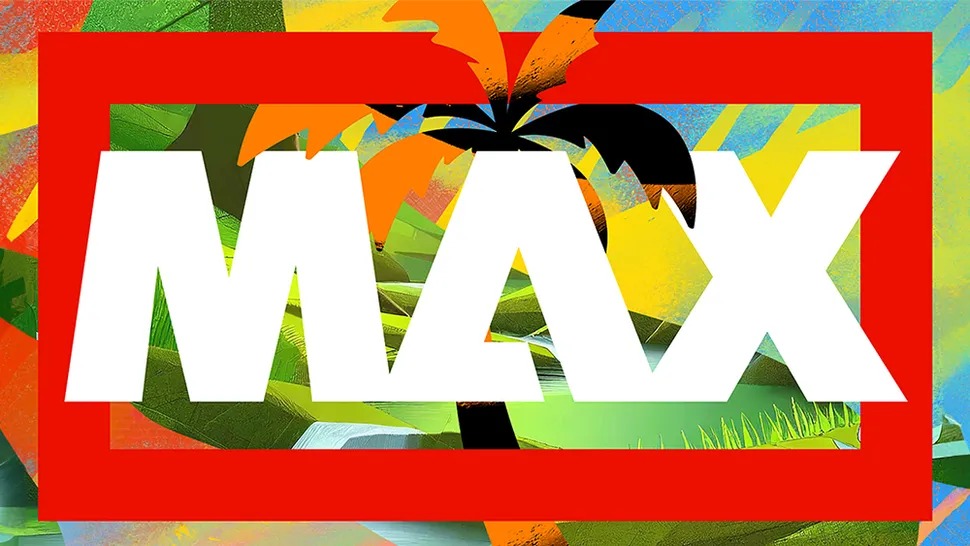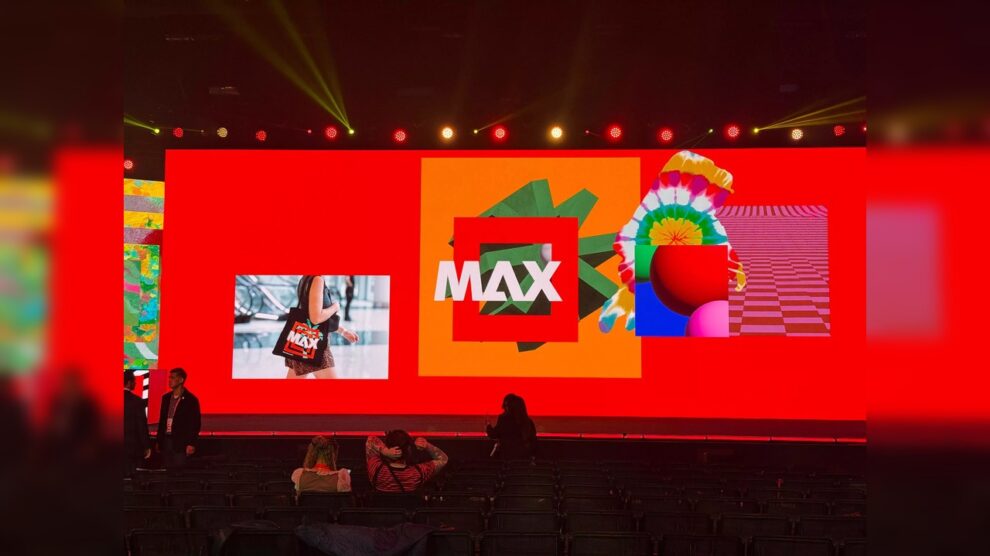As Adobe Max 2024 draws to a close, the creative community finds itself divided over the conference’s overwhelming focus on artificial intelligence, particularly Adobe’s Firefly AI model. The annual creativity conference, known for showcasing new tools, inspiring creatives, and offering glimpses into future technologies, has this year left many attendees questioning the event’s direction and purpose. With AI dominating nearly every aspect of the conference, from keynotes to breakout sessions, a significant portion of the design community is expressing concerns about the implications for creativity and the future of their profession.

Adobe’s AI-Centric Approach
Key AI Announcements at Adobe Max 2024
- Firefly AI Video Model: Introduction of Generative Extend in Premiere Pro, allowing for AI-powered video manipulation and creation.
- Enhanced Image Trace in Illustrator: AI-driven improvements to the image tracing tool, promising more accurate and efficient vector conversions.
- Additional Firefly Integrations: Various other AI-powered features across the Creative Cloud suite of applications.
Adobe’s Rationale
Adobe’s heavy emphasis on AI, particularly Firefly, can be attributed to several factors:
- Technological Leadership: Positioning itself at the forefront of AI integration in creative software.
- Market Pressure: Responding to the rapid advancements in AI and its potential disruption of the creative industry.
- User Demand: Addressing the growing interest in AI-powered tools among certain segments of their user base.
- Competitive Edge: Differentiating its products in an increasingly crowded market of creative software solutions.
Community Reactions
Concerns and Criticisms
Many attendees and observers have expressed dissatisfaction with the conference’s AI-centric approach:
- Overwhelming Focus: “Every keynote, every breakout session, every lab, every opportunity they get, someone pushes Firefly and some new AI capabilities. It is overwhelming to the point where I think it’s a red flag how much they are talking about it,” one attendee noted.
- Lack of Diversity in Content: Concerns that the heavy AI focus came at the expense of other important topics and skills in design and creativity.
- Value for Money: Questions about the conference’s worth given its expensive nature and the perceived lack of diverse learning opportunities.
- Boredom and Repetitiveness: “It’s honestly just BORING for a creativity conference,” another attendee commented, highlighting the repetitive nature of AI demonstrations.
Shift in Conference Identity
Some attendees feel that Adobe Max has fundamentally changed its character:
“It’s not a design conference anymore. It’s an AI conference.”
This sentiment reflects a growing concern that the event may be losing touch with its core audience of creative professionals.
Implications for the Creative Industry
Changing Skill Sets
The heavy focus on AI at Adobe Max 2024 raises questions about the evolving nature of creative work:
- AI Proficiency: The potential need for designers to become adept at using AI tools as part of their workflow.
- Prompt Engineering: The emergence of “prompt engineering” as a valuable skill in working with AI-powered creative tools.
- Traditional Skills: Concerns about the devaluation of traditional design skills and techniques.
Ethical Considerations
The prominence of AI in creative software brings several ethical questions to the forefront:
- Originality and Authorship: Debates around the ownership and originality of AI-generated or AI-assisted work.
- Job Displacement: Fears about AI potentially replacing certain aspects of creative work.
- Creative Identity: Questions about the role of human creativity in an AI-dominated design landscape.
Market Dynamics
Adobe’s AI push could have significant impacts on the creative software market:
- Competition: Potential for increased competition from AI-focused startups and tech giants entering the creative space.
- User Expectations: Shifting expectations among users regarding the capabilities and ease of use of creative software.
- Pricing Models: Possible changes in software pricing structures to account for AI features.
The Balance Between AI and Human Creativity
AI as a Tool, Not a Replacement
Despite concerns, many in the industry view AI as a powerful tool that can enhance, rather than replace, human creativity:
- Efficiency Gains: AI can handle time-consuming tasks, allowing creatives to focus on higher-level conceptual work.
- Inspiration and Ideation: AI tools can serve as a source of inspiration and help generate initial ideas.
- Customization and Refinement: Human creativity remains crucial in tailoring and refining AI-generated content.
The Importance of Human Touch
Many argue that certain aspects of creativity remain uniquely human:
- Emotional Resonance: The ability to create work that deeply connects with human emotions and experiences.
- Cultural Context: Understanding and incorporating nuanced cultural references and meanings.
- Innovative Thinking: The capacity for truly original and groundbreaking creative ideas.
The Future of Creative Conferences
Balancing Technology and Creativity
The reactions to Adobe Max 2024 highlight the need for creative conferences to strike a balance:
- Diverse Content: Offering a mix of technological advancements and traditional creative skills and techniques.
- Hands-on Experiences: Providing opportunities for attendees to engage with new technologies in meaningful ways.
- Critical Discussions: Facilitating debates and discussions about the role of AI in creativity.
Adapting to Changing Audience Needs
Future conferences may need to consider:
- Personalized Tracks: Offering different conference tracks for various interests and skill levels.
- Interactive Workshops: Emphasizing hands-on learning and skill development.
- Community Building: Creating spaces for networking and peer-to-peer learning.
Adobe’s Path Forward
Potential Responses to Feedback
In light of the reactions to Adobe Max 2024, Adobe might consider:
- Balanced Presentation: Ensuring a more diverse range of topics and technologies in future conferences.
- Transparency: Being more open about the development process and limitations of AI tools.
- User Education: Providing more resources on how to effectively integrate AI tools into existing workflows.
- Community Engagement: Actively seeking and incorporating feedback from the creative community in product development.
Long-term Strategy
Adobe’s approach to AI integration in the long term may involve:
- Gradual Integration: A more measured approach to introducing AI features across its product line.
- Customization Options: Allowing users more control over the level of AI assistance in their workflow.
- Ethical AI Development: Focusing on developing AI tools that complement human creativity rather than replace it.
Conclusion
Adobe Max 2024’s heavy focus on AI, particularly the Firefly model, has sparked a significant debate within the creative community. While Adobe’s push towards AI integration reflects broader trends in technology and market demands, the reactions from many attendees highlight the complexities and concerns surrounding the rapid advancement of AI in creative fields.
The conference serves as a microcosm of the larger conversation happening in the creative industry about the role of AI. It raises important questions about the future of creativity, the evolving skill sets required in the field, and the balance between technological advancement and human ingenuity.
As the dust settles on Adobe Max 2024, it’s clear that the creative community is at a crossroads. The challenge moving forward will be to harness the power of AI tools like Firefly while preserving the essence of human creativity and the diverse skills that have long defined the industry. For Adobe and other players in the creative software space, the key will be to listen closely to user feedback and strive for a balanced approach that empowers creatives rather than overwhelms them.
Ultimately, the success of AI in creative fields will depend not just on the capabilities of the technology itself, but on how well it can be integrated into the creative process in a way that enhances rather than diminishes the human element of design and artistry.










Add Comment